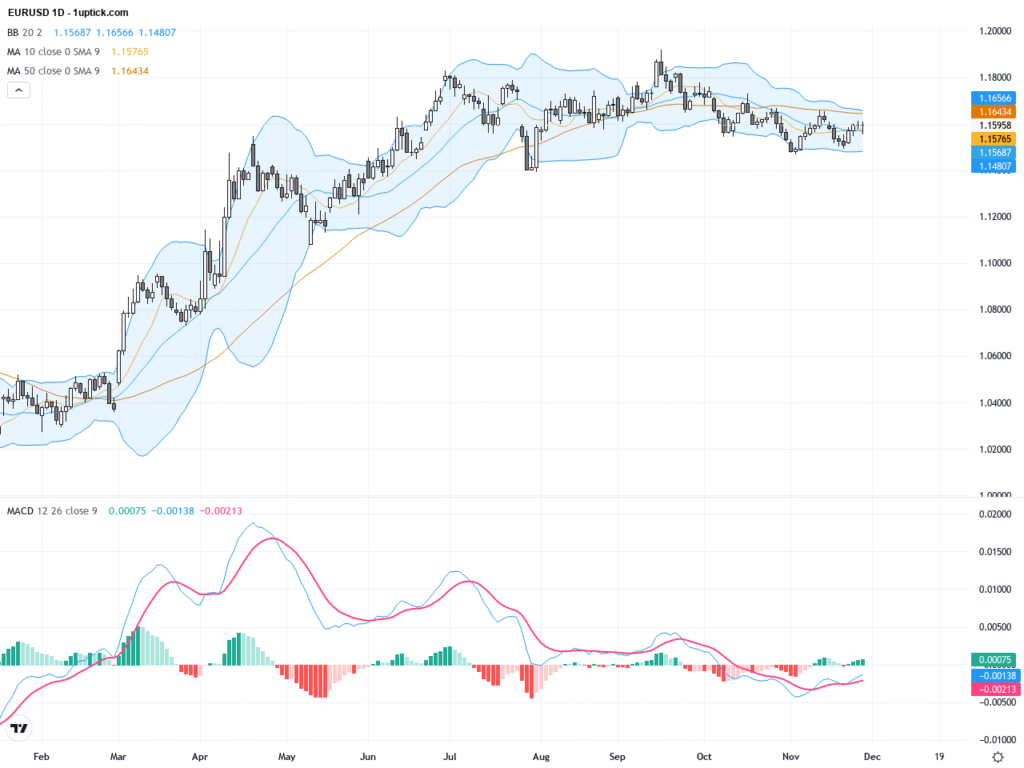 |
| Gold V.1.3.1 signal Telegram Channel (English) |

Donald Trump’s 50% Tariff on Indian Goods: Impact on India’s Economy, Key Sectors, and Trade Relations
2025-08-26 @ 20:01
Donald Trump’s 50% Tariff Shock: What It Means for India’s Economy and Trade
The international trade landscape took a dramatic turn when the United States, under President Donald Trump, announced a sweeping increase in tariffs on Indian goods. Effective August 27, 2025, Indian exports to the US will face a tariff rate of 50%, up from the previous 25%. This move, which the Trump administration directly links to India’s ongoing purchases of Russian crude oil and defense goods, has sent shockwaves through Indian industry and policymakers alike.
What Prompted the Tariffs?
The White House’s rationale centers on India’s persistent trade relationship with Russia, particularly regarding oil imports. The US administration claims that these transactions undermine Western efforts to limit Russia’s financial capacity following its actions in Ukraine. As a result, President Trump authorized a doubling of duties on a wide range of Indian products, stating that this aggressive economic leverage is designed to exert pressure on both India and Russia.
Scope and Timing of the Tariffs
The implementation is strict: any Indian goods “entered for consumption, or withdrawn from warehouse for consumption” in the US after 12:01 am Eastern Daylight Time, August 27, 2025, will attract the new 50% duty. Indian exports already en route before this cutoff, and cleared by September 17 with the proper customs documentation, are excluded—otherwise, the new rate applies.
Sectors Most Heavily Hit
These tariffs are poised to deal a substantial blow to several of India’s most export-intensive and labor-dependent industries. The principal sectors at risk include:
- Textiles: Historically one of India’s largest export earners, the textile industry will feel the brunt of these increased costs, potentially slashing profit margins and threatening employment, especially in small and mid-sized firms.
- Gemstones and Jewellery: India is a top supplier of gems and jewellery to the United States. A 50% tariff could render Indian products uncompetitive, risking the loss of hard-won global market share.
- Seafood and Leather: These sectors, heavily reliant on US demand and highly price-sensitive, face immediate challenges as export orders become less profitable and volumes threaten to shrink.
Interestingly, some categories such as pharmaceuticals, electronics, and petroleum products have been spared—for now—while metals like aluminium, steel, and copper will continue to be taxed at the previous 25% rate, not the additional 25%.
Potential Economic Impact
The United States is India’s single largest export market. For many Indian manufacturers and exporters, success in the US often determines profitability and growth prospects. The sudden spike in tariffs, effectively making Indian products much more expensive for American consumers and importers, will:
- Threaten jobs across textile, handicrafts, jewelry, leather, and seafood sectors.
- Reduce export-driven revenues, with ripple effects down supply chains.
- Add to the pressure already facing Indian banks and IT firms, whose corporate earnings may feel the impact of overall reduced trade activity.
The timing also compounds existing challenges for Indian exporters, who have recently weathered subdued global demand due to economic uncertainties and supply chain adjustments post-pandemic.
India’s Response and Policy Measures
Prime Minister Narendra Modi addressed the tariff escalation by emphasizing the need for economic resilience and self-reliance. Framing the move as evidence of a new era of economic selfishness in global trade, Modi asserted that India will continue to strengthen its own capabilities to withstand external economic pressures, regardless of their scale.
The Indian government has already signaled possible reforms aimed at cushioning the impact. Among the measures being discussed are tweaks to the Goods and Services Tax (GST) framework, targeted relief for small manufacturers, and a renewed push for self-reliance in strategic sectors. High-level government meetings are scheduled to consider further ways to support exporters, ease costs, and reorient supply chains toward other markets.
Broader Geopolitical Ramifications
The US action may trigger wider repercussions for global trade relations. By tying economic penalties to foreign policy disputes, particularly with respect to oil and defense procurement, Washington’s move introduces a new level of uncertainty for third countries navigating competing superpower interests.
Other countries watching these developments may also face pressure to review their own trading relationships with Russia and the US, wary of finding themselves on the receiving end of similar measures.
Looking Ahead
For Indian businesses, the challenge will be to adapt swiftly—either by finding alternate markets, improving product competitiveness through innovation and efficiency, or leveraging anticipated domestic policy support. For global investors, the situation underlines the ongoing volatility in international trade policy and the increasing intertwining of geopolitics and commerce.
As the dust settles, both India and the US must weigh the longer-term costs of escalating trade barriers against the benefits of open markets and economic cooperation. For now, Indian exporters face a new test of resilience as they navigate the impacts of this unprecedented tariff hike.








